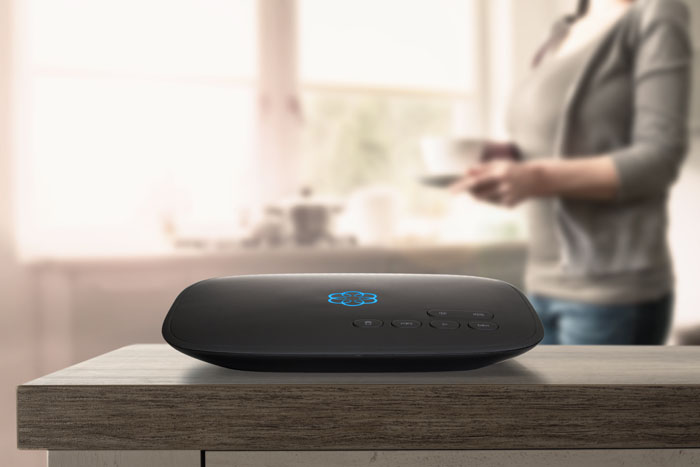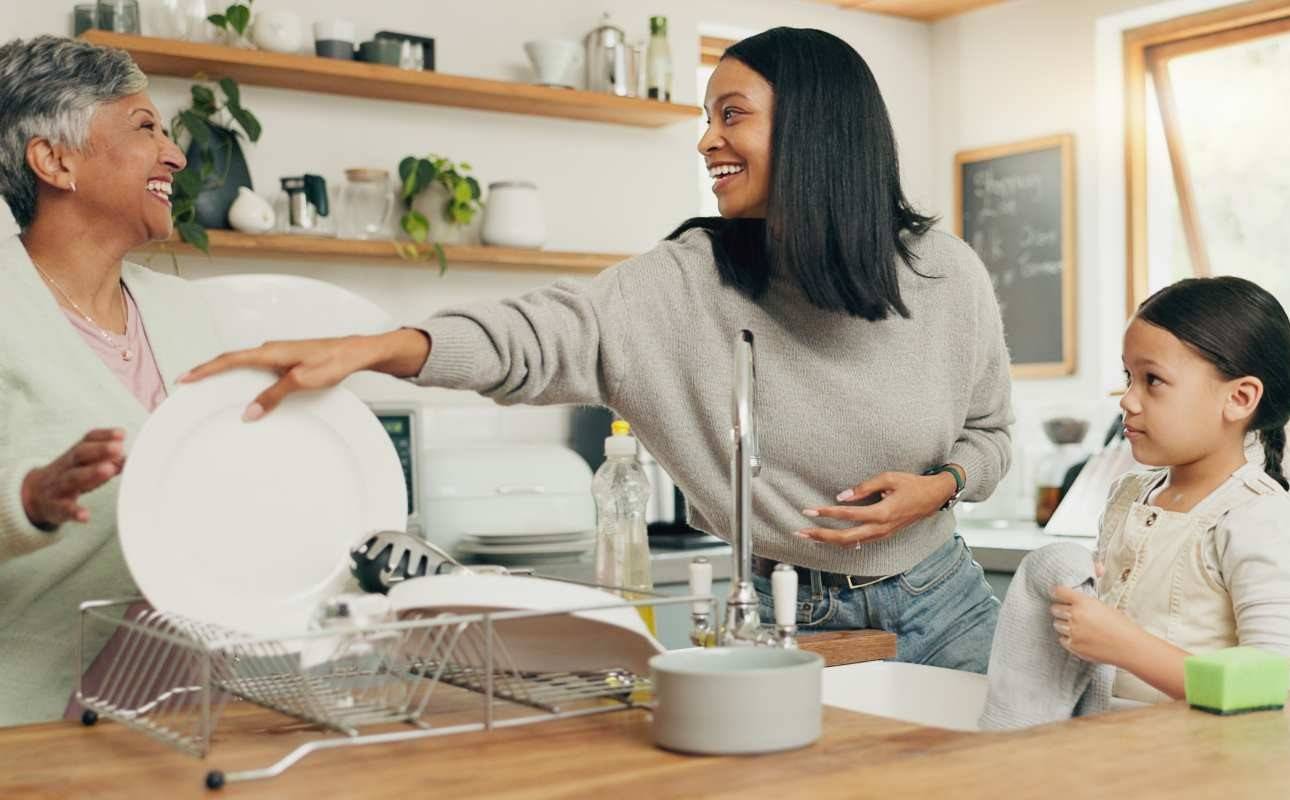VoIP At Home: Why Some Services Have Clearer Calls Than Others

Call quality on voice over the internet (VoIP) phone services is not equal. This has to do with a wide range of issues from hardware to software infrastructure to internet speeds.However, when you’re trying to have a phone conversation, you don’t want to be considering how your VoIP provider is processing your call audio. You just want a clear, high-quality phone call.Let’s break down some of the ways that Ooma achieves an unprecedented call quality in our VoIP home phone service.
 While much of Ooma’s call prioritization protocols happen behind the scenes, the one key factor to remember is to plug your Ooma Telo directly into your modem, and not into a separate router.This positions your hardware so that Ooma can intelligently prioritize your voice traffic.
While much of Ooma’s call prioritization protocols happen behind the scenes, the one key factor to remember is to plug your Ooma Telo directly into your modem, and not into a separate router.This positions your hardware so that Ooma can intelligently prioritize your voice traffic.
What Others Say About Ooma’s Call Quality
We could tell you how great the Ooma’s audio is, but don’t just take our word on it. Here are some things that independent reviewers have said about Ooma PureVoice technology:- CNET says about Ooma Telo: “Ooma one-ups cable company internet phone plans with better call quality and a basic calling plan that starts at free (before taxes).”
- PCMag says about Ooma Telo: “Ooma offers attractive, functional home VoIP hardware, an excellent mobile app, economical pricing, and good call quality.”

Advanced Voice Compression
All VoIP phone service providers transmit your phone calls over the Internet. And because there are limits to your Internet speeds, the less data is required for audio, the more reliable are your phone calls. And this efficiency contributes to increased clarity.Ooma’s advanced voice compression algorithm reduces bandwidth consumption by 60% over standard VoIP technology. Additionally, the way that the voice data is compressed makes it more capable of withstanding packet loss without degradation.Adaptive Redundancy
When voice data is being transmitted over the Internet, any data that is dropped (otherwise known as packet loss) will reduce your telephone audio quality, resulting in a conversation that sounds stuttered or garbled.To counter this, Ooma Telo automatically monitors how your voice data is being transmitted. If it detects packet loss, it will automatically transmit redundant packets so that the audio transmission remains complete, and phone call clarity remains intact.Prioritizing Calls
Another way that Ooma helps your call quality is by prioritizing phone calls so that they receive all of the network attention that they need.In situations where you have limited bandwidth or when someone in your household is doing data-intensive internet tasks, VoIP users can experience a decline in call quality. This can cause delays in hearing what the other person in the conversation is saying, or it could be that digitized sound when a call breaks up. While much of Ooma’s call prioritization protocols happen behind the scenes, the one key factor to remember is to plug your Ooma Telo directly into your modem, and not into a separate router.This positions your hardware so that Ooma can intelligently prioritize your voice traffic.
While much of Ooma’s call prioritization protocols happen behind the scenes, the one key factor to remember is to plug your Ooma Telo directly into your modem, and not into a separate router.This positions your hardware so that Ooma can intelligently prioritize your voice traffic.


